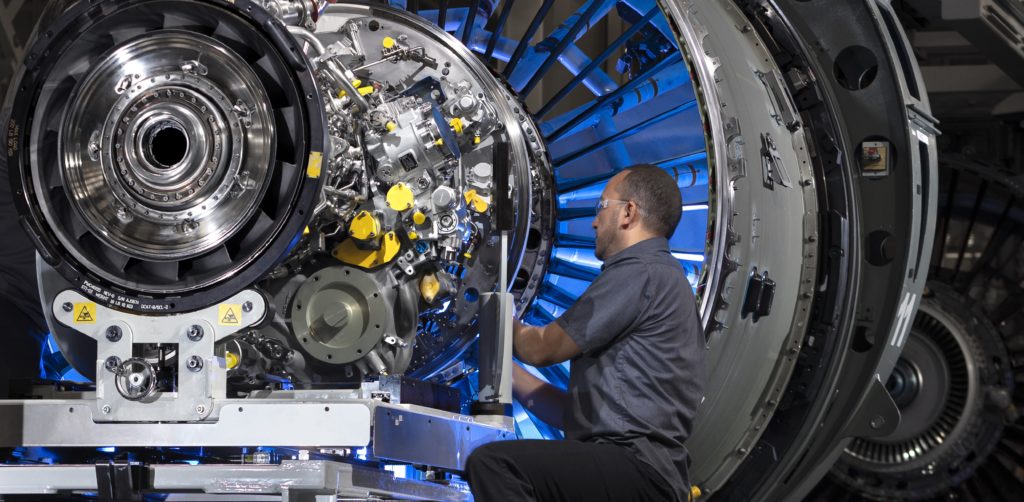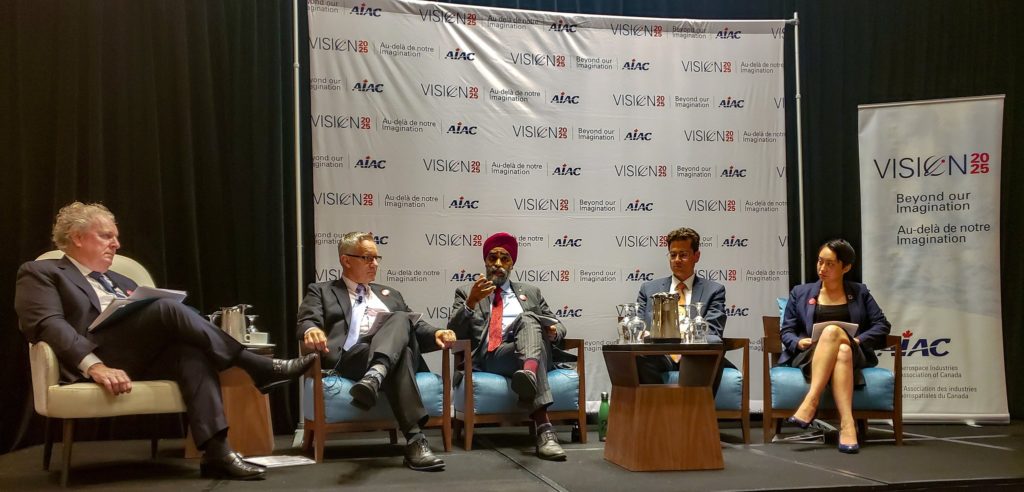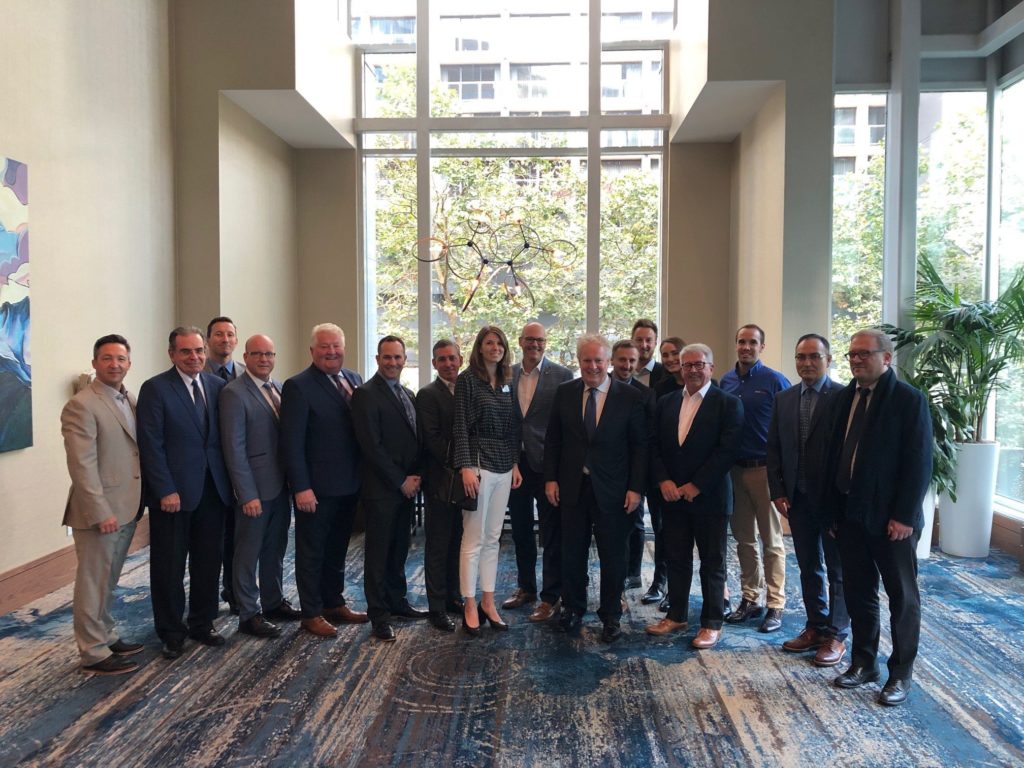Estimated reading time 8 minutes, 38 seconds.
Whatever the outcome of the federal election on Oct. 21, the aerospace industry has reason to be encouraged that the victorious party understands and is willing to support the sector.

That was among the takeaways for Jim Quick, president and CEO of the Aerospace Industries Association of Canada (AIAC), following three all-candidates town hall meetings in Vancouver, Toronto and Montreal over the past two weeks.
AIAC has traditionally refrained from engaging with politicians during an election campaign, but the organization felt this time it needed to make sure its concerns were understood and part of a wider debate.
“It’s a new approach for us, [but] I think it was a very valuable exercise,” said Quick. “If you are going to want a new government to do things for you that are different than what governments have traditionally done, then you have to be more muscular in your approach.”
The town halls were set against a backdrop of Vision 2025 – a report for AIAC produced by Jean Charest, former premier of Quebec and deputy prime minister of Canada – which details a new course for Canada to retain and grow its position as an aerospace leader.
Released at the Paris Air Show in June, the report made recommendations centred on six core themes: expanding the skilled workforce; growing small- and medium-sized enterprises (SMEs); promoting innovation; investing in Transport Canada’s aircraft certification and regulation capacity; sustaining Canadian leadership in space; and better leveraging defence procurement to drive industry growth.
The three town hall events, which were moderated by Charest, drew candidates from the Liberal, Conservative, New Democratic, Green and People’s parties.
“It’s been a pleasure moderating these town halls,” said Charest. “Canada’s aerospace sector stands as one of our country’s proudest achievements, providing nearly 215,000 jobs and $25.5 billion annually to the Canadian economy. It’s an industry that should not be taken for granted.”
At the very least, it was apparent all candidates had read the report and, despite philosophical differences over some issues, were in agreement on the six priority areas and the need to move the sector forward, said Quick.
“Overall, we got good responses from all of the candidates. There was a lot of agreement that the sector needs to have the support of government programs…[for] us to remain competitive as we head into 2025. I though the candidates were well prepared and I thought their answers to questions and the dialogue we created were extremely helpful for us,” he said.

While none of the parties have specifically addressed aerospace in their platforms, there was recognition about its role as an economic driver and an investor in technology and innovation. Quick said much of the debate focused on how to encourage further R&D, manage innovation more effectively, and the best role for various government aerospace-specific programs. That included discussions about the move toward sector objectives like green aviation, low carbon flight and the application of more environmentally friendly technologies, as well as the growth of urban air mobility through autonomous and semi-autonomous aircraft.
Not surprisingly, there was also general agreement on the need for action around skills and labour market development. “I think everybody agrees we have to do something here,” commented Quick. “The average age of an employee in the aerospace industry is 54 years old, which is about 10 years older than the average in manufacturing and, as Mr. Charest said, we are on the verge of a crisis here. They all agreed it had to be a priority for the next government.”
AIAC has been advocating for a national strategy and most candidates recognized the need for the federal and provincial governments, academia, industry and labour to shape that quickly, he added.
Small businesses make up a majority of the sector, so there was little disagreement on the need for more and better government support for SMEs. But there were different approaches as to how those programs should be structured and how to ensure small companies get better access to government work packages.
There was also consensus that defence procurement needs to change, though the parties have different ideas on how to do that. The Liberals have proposed a new agency, Defence Procurement Canada, that would consolidate the decision-making of four departments into a single entity. The Conservatives have pledged to “de-politicize” the process by creating new oversight bodies and attempting to find consensus on procurement projects in Parliament.
While there were clear differences about how to improve the structure and processes of procurement, candidates “were in agreement that we have to do a better job than we are doing,” said Quick. “Programs like the Industrial and Technological Benefits (ITB) policy and Key Industrial Capabilities (KICs), they are all good things, but the procurement process itself has to get significantly better.”
AIAC and many of its members have been calling for an aerospace and defence industrial strategy that would shape how and where government invests in defence capabilities, in order to develop a supply chain that could compete globally.

“In my view, we all just need to sit down and figure out what structure best serves the country from a taxpayer’s perspective and from a value perspective,” said Quick. “How do we do industrial development inside of that process? And then, of course, is it about price [of equipment] or is it about value [to Canadian industry]? I think no matter what structure you are going to have, you have to have those kinds of discussions.”
Weighing in so visibly in the middle of the campaign might be an unusual step for AIAC, but the organization didn’t want the report’s recommendations to be overlooked, said Quick. “We really felt that if we are going to have an impact on the new government, whomever that may be … we need to make sure that all the parties are paying attention to the report. And you could tell from the three town halls that we certainly have the attention of the candidates.”
While each of the parties will approach the aerospace industry differently, getting them to debate priority issues should at least ensure there is recognition of what the sector needs when AIAC briefs the next government.
“The big thing for us was that there was general agreement that we need to have this discussion going forward,” said Quick. “The approaches are going to be different, but as long as we get to the outcomes, then I think that will work.”








